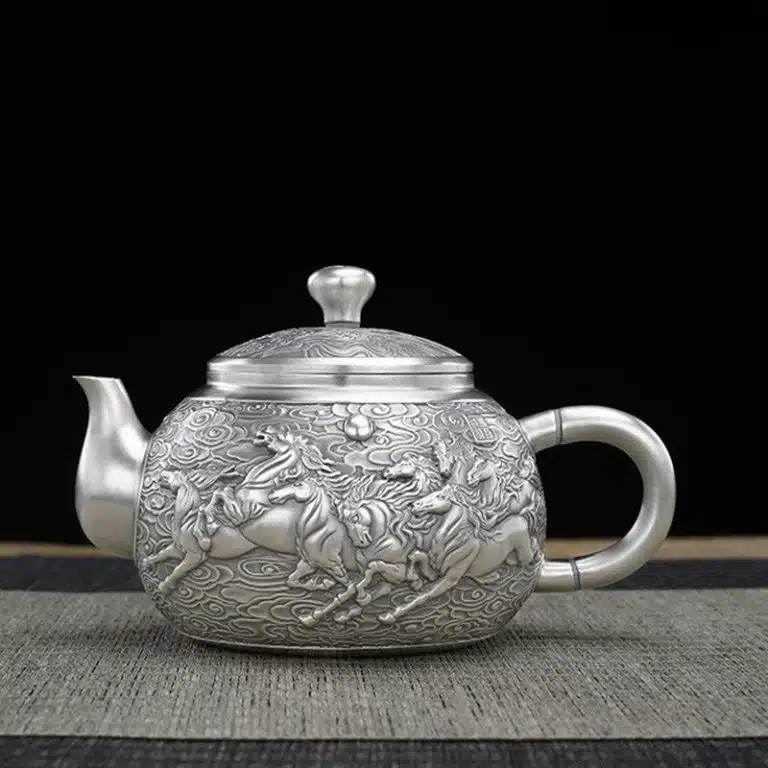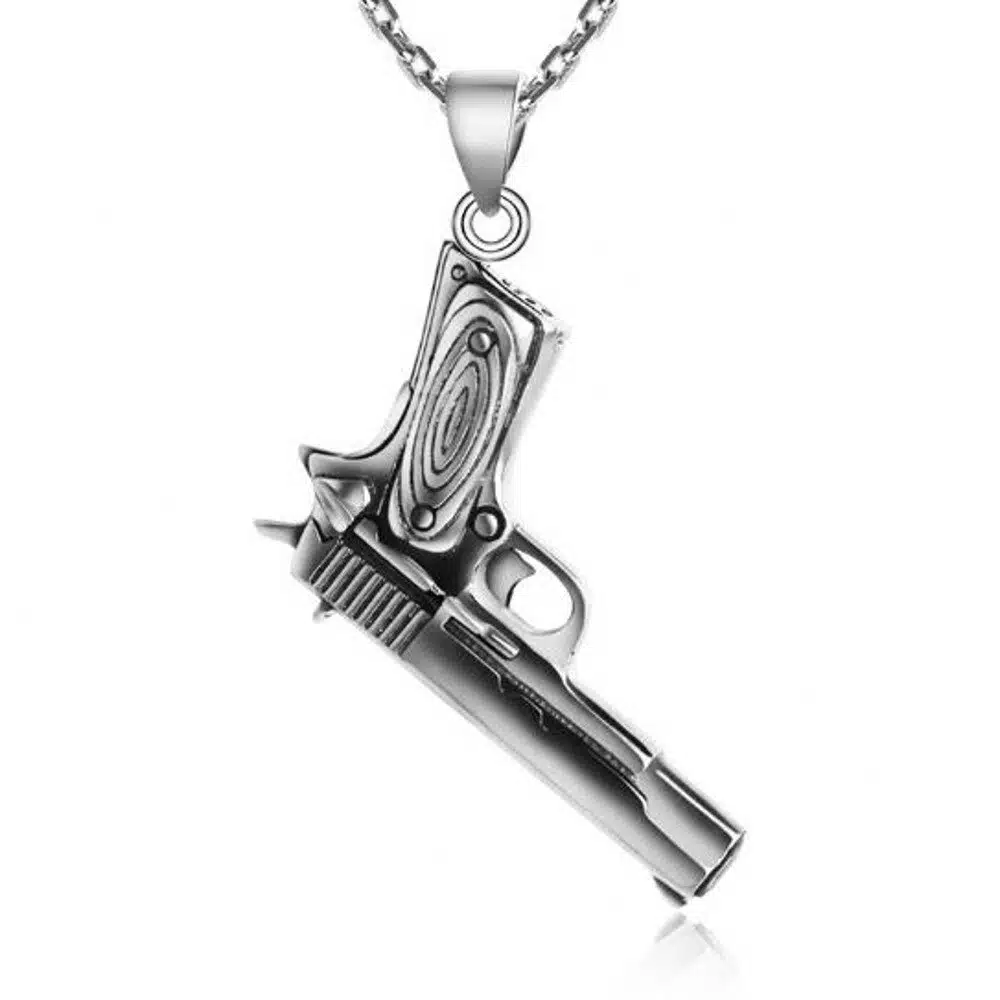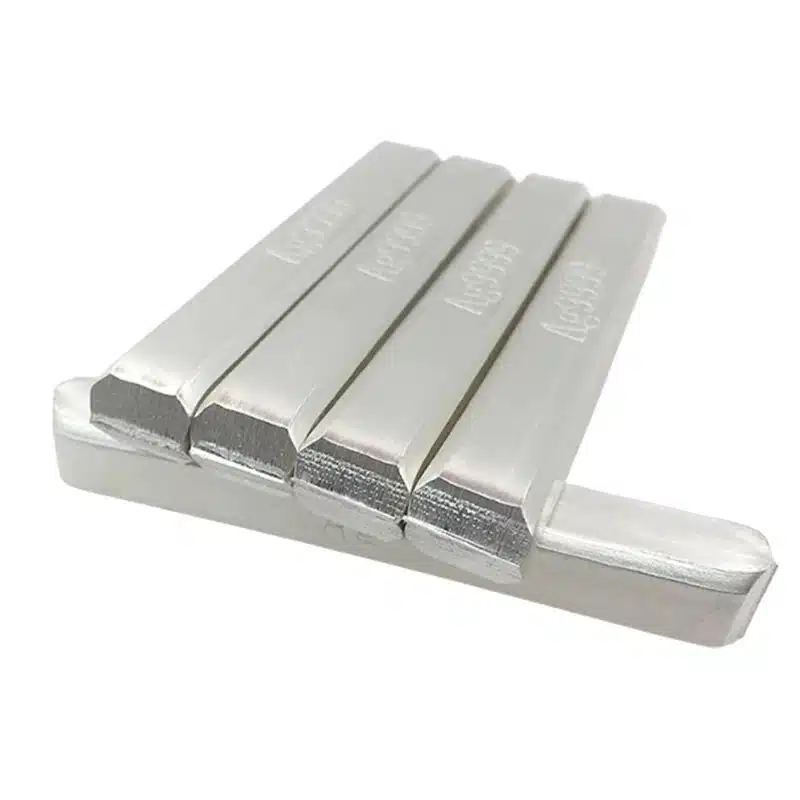Blog
How to clean antique silver teapot?

Silver is a soft valuable metal that is used to create jewelry, electronics, and tableware like pitchers and teapots. Tarnish, a chemical reaction generated by sulphur dioxide in the air, can cause silver to lose its luster and white color. Tarnish forms an oxide coating on the surface of the silver. If you employ the right cleaning technique, most silver polishes may remove the tarnish. You can restore the luster and color of your silver pitcher and teapot once the tarnish has been removed.
Clean antique silver teapot:
- Silver is a soft valuable metal that is used to create jewelry, electronics, and tableware like pitchers and teapots.
- If you use the right cleaning technique, most silver polishes may remove the tarnish.
Rinse a cloth with warm water after it has been dampened. To protect your hands from the polish, put on the nitrile gloves.
Use the amount of silver polish specified on the package to apply to the sponge. Using straight, steady strokes, wipe the inside of the tarnished silver teapot and pitcher.
Rinse the sponge with water and wring it out as the tarnish transfers and collects. As needed, apply more polish until the tarnish is completely gone.
To remove any traces of polish residue, thoroughly rinse the teapot and pitcher with warm water.
With a soft towel, dry the teapot and pitcher inside and out and polish them to a sheen.

Cleaning scratch on silver:
Scratches are common on silver kitchenware, figurines, rings, and other jewelry.
Silver is a delicate metal which does not tolerate abuse or hard treatment well. Scratches are caused by using, wearing, or cleaning silver.
If you try to remove scratches from silver coins, you may end up devaluing them.
Using an aggressive silver polish to remove tarnish can result in scratches.
Deep scratches on silver should be polished and restored by a professional, although minor surface scratches can be repaired at home.
Here you have a video that shows you how to do it.
To eliminate dirt and filth from the recesses of the scratches, wash the silver object with mild dish soap and rinse well. Using a soft cotton cloth, dry the silver item.
- Scratches are common on silver kitchenware, figurines, rings, and other jewelry.
- To eliminate dirt and filth from the recesses of the scratches, wash the silver object with mild dish soap and rinse well.
- To avoid skin oils from getting into touch with the silver surface, put on a pair of soft cotton gloves.
To dull the edges of the scratches and make them less noticeable, lightly rub a jeweller’s rouge polishing cloth or a soft cotton cloth dipped in jeweller’s polishing cream across them. The jeweller’s rouge polishing cloths are pre-soaked in a non-abrasive jeweller’s rouge cleaning cream or compound.
To merge the scratches with the surrounding silver, use a jeweller’s rouge polishing cloth in a circular motion and in the same direction as the scratches.
- To avoid skin oils from getting into touch with the silver surface, put on a pair of soft cotton gloves.
- To merge the scratches with the surrounding silver, use a jeweller’s rouge polishing cloth in a circular motion and in the same direction as the scratches.
- Clean the silver by rinsing it in plain water and buffing it dry with a cotton cloth.
To eliminate dirt and grime, wash the silver object with a mild dish soap. If the silver item contains stones, do not use this procedure.
Wrap a piece of aluminum foil around the pot’s bottom and up the sides.
Wrap a piece of aluminum foil around the pot’s bottom and up the sides.
On top of the aluminum foil, place the silver item. Pour water over the silver until it is completely covered in water. 1 tbsp baking soda for every cup of water
Place the saucepan on a low heat setting on the stove. Allow the water to come to a gentle boil before turning off the heat. Allow one hour for the silver to dissolve in the water.
Remove the silver object from the water and thoroughly rinse it. Using a cotton cloth, dry the dish. Apply a thin layer of silver polish to the surface. Using a cotton cloth, buff the surface.
Tips:
Keep silver clean to avoid scratches caused by dust and debris abrading the surface. Both methods may only reduce the severity of the scratches rather than completely eliminate them.
Warning:
Scrubbing powders and toothpaste should not be used on silver because they cause scratches.
To remove scratches, only use cotton cloths; other materials will cause scratches.
Jeweller’s rouge should not be rubbed on gems because the abrasives can scratch them.
It is not a good idea to try to remove scratches from silver coins because this will devalue them.
Chinese Silver Teapot with Rose and Lotus
Discover and buy now the Chinese silver tea set that will be with you the rest of your life!
Discover now
How to clean gold plated parts on silver pieces?
Because the products are not real gold, extra care must be done to prevent tarnishing and extend the life of your possessions.
We advise you to:
To remove dust and filth, gently massage your item with a cotton ball or soft cloth (such as one made to clean glasses or camera lenses).
A solid gold polishing cloth should not be used because it will remove the plating.
You can also use gentle wet wipes.
Avoid using jewelry cleaners or antibacterial cleansers, since they might cause your jewels to tarnish prematurely.
Instead, soaking plated objects in a mixture of basic soap and warm water for a few minutes before patting dry with a soft towel can help restore shine!
How to Clean Silver With Brasso
Brasso was created in the United Kingdom in 1905.
It cleans silver, brass, and bronze and can be found at most hardware and home improvement stores.
Brasso, which was once known for its iconic metal can, now comes in a plastic container.
The recipe has been updated to comply with safety laws in most countries, but it is substantially the same as Grandma’s.
If you follow the directions to the letter, your silver, or nearly any smooth surface, will shine.
Using hot water and a moderate dishwashing soap, thoroughly clean the silver. Make sure the silver you’re cleaning doesn’t have any wax or oil on it. When the silver is clean, dry it well with a soft towel.
Shake the Brasso bottle vigorously. If the Brasso liquid is clear, it hasn’t been sufficiently shaken. A modest amount of Brasso should be applied to the material; a little goes a long way. Never use Brasso on silver directly.
Gently rub the item with the cloth in small circles. When using Brasso, never scrub. If the Brasso turns black as you rub, don’t worry; this is the result of the Brasso reacting with the tarnish. Allow the Brasso to dry completely on the silver; it will become white and chalky.
Shake the Brasso bottle vigorously.
Allow the Brasso to dry completely on the silver; it will become white and chalky.

How to clean tarnished gold plated flatware:
Gold-plated flatware, which is commonly used with fine china for special or exquisite occasions, adds a sense of luxury and elegance to the dining table.
Gold plated flatware, when properly cleaned and cared for, can last a lifetime or be passed down from generation to generation.
Clean the flatware after each use to eliminate any food or build-up that could stain the gold.
Clean flatware on a regular basis, even if it isn’t being used, to avoid tarnish. If tarnishes appear on the gold, you can remove them, although it may take several efforts.
Gold-plated flatware, which is commonly used with fine china for special or exquisite occasions, adds a sense of luxury and elegance to the dining table.
Clean the flatware after each use to eliminate any food or build-up that could stain the gold.
Remove food particles and dust from gold-plated flatware by rinsing it and wiping it with a soft cloth.
If the particles don’t come off with a wipe, immerse it in the sink for two minutes with hot water and a spritz of mild liquid dish soap.
Use either vinegar or lemon juice to dampen a soft towel.
The dampened cloth should be rubbed into the flatware.
Tarnish can be removed with vinegar or lemon juice. Rub until all of the tarnish has been removed.
Fill the sink halfway with warm water and a squirt of dish soap.
To remove the vinegar or lemon juice from the gold-plated flatware, wash it.
Ensure that the entire surface is clean.
If not completely removed, the acidic properties of both vinegar and lemon juice can harm or oxidize the gold plating.
Use either vinegar or lemon juice to dampen a soft towel.
To remove the vinegar or lemon juice from the gold-plated flatware, wash it.
To make a paste, mix equal parts water and baking soda in a bowl.
Using a soft cloth, dab the paste on your skin. The paste should be applied to the gold-plated flatware.
Use a gold polish instead if desired.
Allow the flatware to dry after applying the polish or paste.
Using a cotton cloth, buff the polish or paste off the flatware in a circular motion. This will polish and restore the flatware’s natural sheen.
Using a soft cloth, dampen one corner. Remove any residual residue with a damp cloth.
To make a paste, mix equal parts water and baking soda in a bowl.
Using a cotton cloth, buff the polish or paste off the flatware in a circular motion.
How to make home made Brasso:
Brasso is a metal polish that dates back to the early twentieth century.
Brasso, which is still available as a paste or impregnated into wadding, is used to clean a range of metals, including brass.
Making a homemade version of Brasso with common kitchen ingredients is an alternative to purchasing the cleaner.
Brass cleaner made at home is more effective, less expensive, and better for the environment than commercially available Brasso.
Brasso is a metal polish that dates back to the early twentieth century.
Brasso, which is still available as a paste or impregnated into wadding,
is used to clean a range of metals, including brass. Making a homemade version of Brasso with common kitchen ingredients is an alternative to purchasing the cleaner.
Brass cleaner made at home is more effective, less expensive, and better for the environment than commercially available Brasso.
Brasso is a metal polish that dates back to the early twentieth century.
Brasso, which is still available as a paste or impregnated into wadding, is used to clean a range of metals, including brass.

Fill a spray bottle halfway with white vinegar.
3 tbsp table salt 3 tbsp table salt 3 tbsp table salt 3 tbsp table salt 3 tbsp table salt.
To mix the ingredients, put the cap on the spray container and shake it vigorously.
Spray the homemade Brasso cleanser on brass lettering, numerals, pots, and other things.
Allow the spray to sit for a few minutes on the brass object. With a rag, remove the tarnish from the brass.
Conclusion:
We think now you can understand what you should and shouldn’t do to keep your silver teapot and maintain it in the perfect shape.
Try to make your own homemade Brasso and compare it with the one you buy in store, then make your choice.
We have taken a lot of time to bring you the most comprehensive article on “how to clean silver tea sets”.
We hope you’ve enjoyed and appreciated learning more about this topic.
Don’t hesitate to subscribe to our private club to be, you will receive as a gift a 15% discount code valid on the whole store.
You will also receive a sneak preview email when a new post appears on full-silver.com





